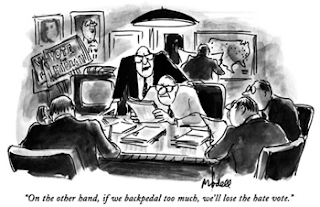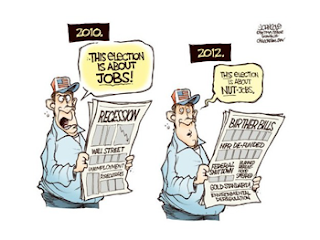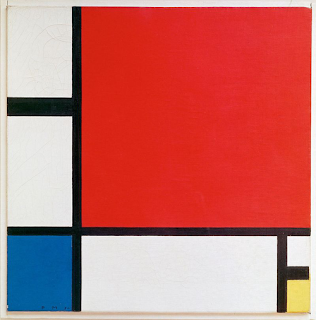I know, I know, enough with the election stuff already. Maybe some pokes at the election issues will neutralize the vitriol a little. Of course anything I say will be biased, because it's about a biased situation -- kinda like trying to defend your honor after being accused of lying: "But, but it's the truth, I swear it..." Then again, I have my favored outcome, too.
When looking for cartoons about the 2012 election, I found collections at two long-established American publications and a publication founded in 1995. Since I've found a number of cartoonists are featured on GoComics, here's some info about it:
From a now unavailable collection of political cartoons at the New Yorker here's one by Frank Modell that pretty much describes the political thinking this year.
This one's by John Cole, editorial cartoonist for the Times-Tribune:
That's a wrap for today, Folks.
-- Marge
When looking for cartoons about the 2012 election, I found collections at two long-established American publications and a publication founded in 1995. Since I've found a number of cartoonists are featured on GoComics, here's some info about it:
GoComics is a website launched in 2005 by the digital entertainment provider Uclick. It was originally created as a distribution portal for comic strips on mobile phones, but in 2006, the site was redesigned and expanded to include online strips and cartoons. GoComics publishes editorial cartoons, mobile content and daily comics; thus its subtitle toon in daily.A collection of 29 cartoons by a variety of cartoonists was found at the Washington Post in a slideshow under the heading or "The best cartoons on election 2012." One of the cartoons I like (but am unable to present here) is by Chan Lowe, so here's another of his from GoComics:
***
***
From a now unavailable collection of political cartoons at the New Yorker here's one by Frank Modell that pretty much describes the political thinking this year.
***
***
This one's by John Cole, editorial cartoonist for the Times-Tribune:
***
***
That's a wrap for today, Folks.
-- Marge








